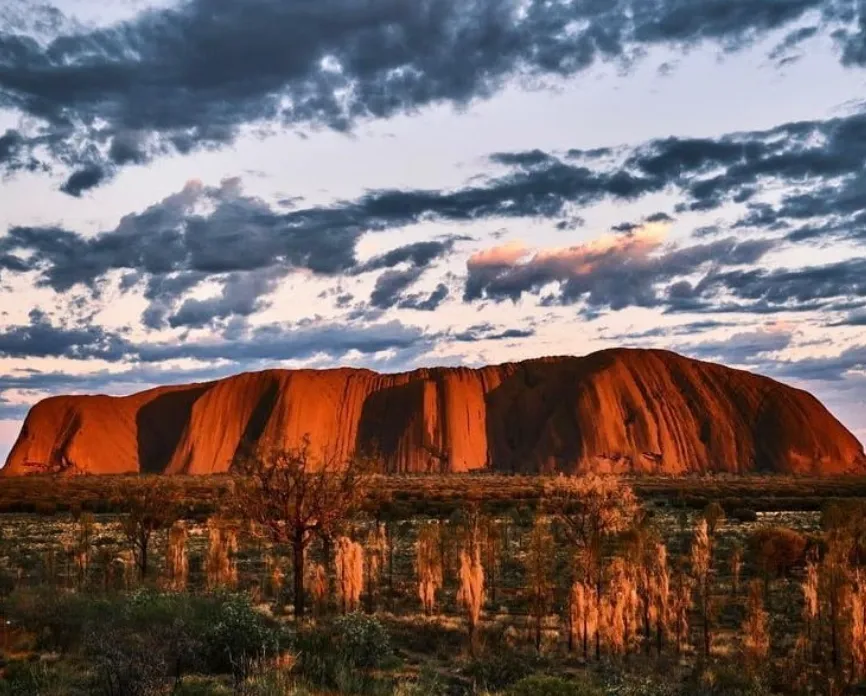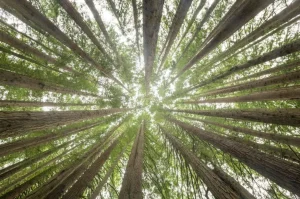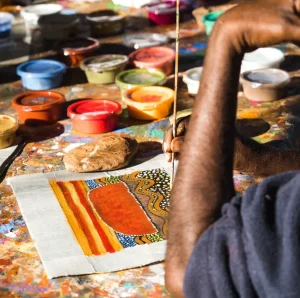Uluru exists in the heart of Central Australia, a historic watchman that changes colours at dawn and dusk. The perfect sunrise and sunset at this iconic place are good for photographs and a means to achieve spirituality amidst the harsh beauty of the wasteland. Understanding how to take pictures of Uluru at these crucial times is critical for any photographer, whether they are amateurs or professionals, who wish to respect its cultural significance.
Planning Your Visit
Timing is everything when it comes to landscape photography, particularly at Uluru-Kata Tjuta National Park. For each season there is something different about what one can experience at the park which embodies Australia’s outback. Autumn and spring tend to provide the most comfortable conditions for photography with their mild temperatures. On the other hand, if you want explosive skies; don’t ignore summer months which will bring in dynamic weather patterns although also be ready for heat.
Another important aspect to consider while planning your trip is the cultural aspect since Uluru is an Aboriginal sacred site, especially among Anangu Aboriginal people who claim ownership over it. When visitors Uluru tour sensitive areas such as this, they need to follow some local protocols set by those residing here. They cannot photograph some places and, therefore, should keep on checking on recent park guidelines before proceeding.
Weather Conditions
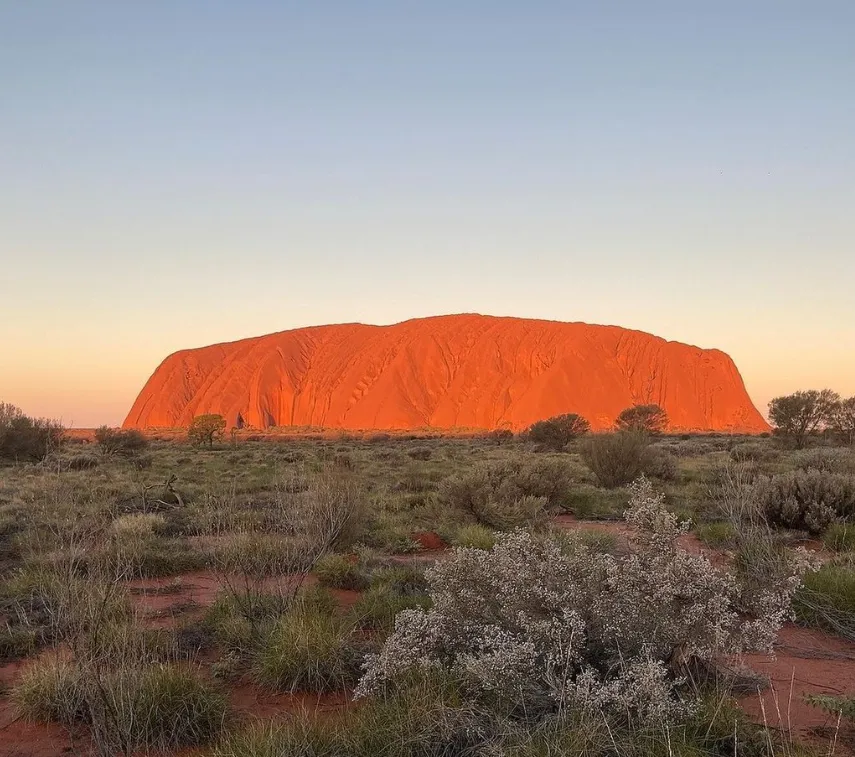
Before setting out on your photographic expedition it is important that you check the forecasts. There are times when there will be sudden showers or even dust storms around Uluru. For photographers this could translate into spectacular cloud formations around sunset or tricky conditions when shooting sunrises. Always have plans b and shoot at different periods during your stay so you can capture the best light and sky conditions possible.
Equipment Needed
The expansive scenery of Uluru needs specialized photographic tools in order to be captured adequately. A wide-angle lens enables one to get a shot covering a wider area of the outback, whereas telephoto lenses can help take detailed images of rock forms that are far away or some animals in the surroundings. Additionally, purchase a sturdy tripod because exposure can last for a long time during perfect sunrises and sunsets that require a stable shot, especially in windy conditions.
For enthusiasts who want to shoot starry skies or twilight scenes, a camera with high ISO performance and low noise will come in handy. Don’t forget extra batteries and memory cards since you may not find any stores around.
Sunrise and Sunset Viewing Spots

Some of the top spots for viewing sunrise and sunset include sand hills surrounding Uluru. These dunes give an overhead view which is panoramic across the landscape. Local photographers standing on these gentle giants can capture how light falls through the desert as they frame Uluru at their centre.
For example, the Talinguru Nyakunytjaku viewing area has been created specifically for this purpose. It is just 20 minute’s drive from Yulara town, which is the closest to it, and about ten minutes from its gate, where there are platforms and walking tracks leading to quieter areas away from crowds making it an ideal spot for those who want uninterrupted views of both Uluru and Kata Tjuta afar.
Uluru Car and Coach Sunset Viewing Area
The Uluru sunset designated parking spot allows for a direct view of the western part of the rock. The deceased sun paints it orange and red. A known location, it is advisable to come early in order to secure good places. Over a few minutes, as the sunlight sinks below the horizon, its surface may change colour abruptly before photographers and travellers.
This location is easily accessible, which makes it ideal for people who do not have sufficient time or capability to trek out to more remote viewing points. However, if you prefer something less usual and less crowded, take a little diversion towards Kantju Gorge at sunset instead. While smaller in scale, it provides an up-close-and-personal look at the textures and colours of the rock.
As we venture into greater depths concerning technicality as well as cultural aspects regarding photographing Uluru at such strategic times of the day; we should not forget what this place stands for. Pictures taken from here are rare chances that involve capturing historical instances that have cultural importance even today though respectfulness must be observed.
A Bird’s Eye View

Those who wish to observe Uluru from above will realize that they obtain an entirely different perspective altogether. For instance, visitors can opt to take a plane ride or helicopter with those like Ayers Rock Scenic Flights so as to get unique aerial shots featuring Uluru and its environs on their cameras. These flights normally depart one hour before sunrise or after sunset when light conditions are most dramatic. From above, photographers can admire the grandeur of this ancient monolith plus endless surrounding scrubby bushland.
It is from this viewpoint that photographers have access to 360 degree images covering every iconic landscape around them besides wider panoramas not visible on ground level alone.. Flying over Kata Tjuta – huge domed rocks west of Uluru –adds another layer to photographic adventure in the area. In addition, the curved shapes of Kata Tjuta, in contrast to the towering heights of Uluru, create an active composition that demonstrates the geological variability across this region.
Timing Your Shots
The timing of your photography is critical, especially when dealing with subtle shifts in light and shade, such as those experienced during sunrises and sunsets. Photographers are advised to arrive at their selected shooting locations no less than an hour before sunrise or sunset. This allows them not only to secure a prime position but also to set up equipment and take time with their frame without rushing. Indeed, the pre-dawn and afterglow colours can offer multiple images that depict various shades or moods of Uluru.
During the golden hour, that brief interval before sunrise or after sunset when there is soft ambient light that brings out textures while minimizing hard shadows, it’s possible for rock formations to look completely different from what they appear like under harsh midday sunlight. The Blue Hour, on the other hand – meaning right before dawn until just after dusk – is perfect for capturing a cool Uluru against a sky with gradient colour changes from blue to clear.
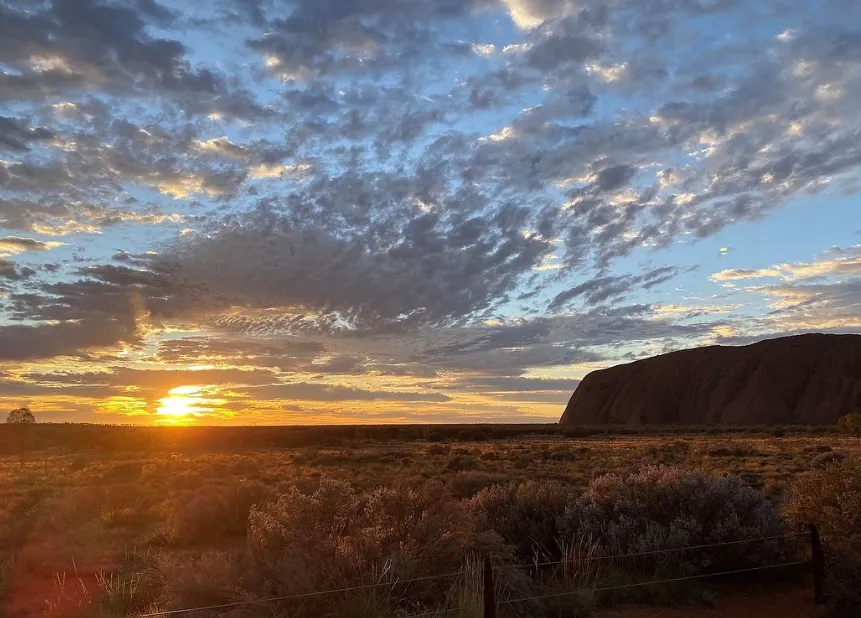
Choosing good locations and compositions for photography at Uluru goes beyond just showing up at a famous view point. For example, travel photographers might look for quieter places away from the main tourist sites. The Mutitjulu Waterhole, for instance, is one such place which offers a reflective angle of the ‘rock’, ideal for catching its reflection at early morning calmness or late evening in peace.
When taking pictures, photographers should think about both the large landscape and the small details. A typical picture of Uluru may show how it is compared to an open sky; however, getting closer will reveal that what appears simply as rock has different colours and textures that include ancient Aboriginal paintings on rocks with specific geological formations. Combining these detailed close-ups with broader views across the land can build up more complete stories about Uluru’s grandeur along with its significance to indigenous Australians.
Tips for General Photography
While trying to capture perfect sunrises and sunsets can be overpowering, photographers need not forget how important it is to respect cultural regulations at the site. Photography in some parts of Uluru is prohibited because they are considered sacred by Aborigines. Observe park rules and don’t take photos in these delicate areas, as this shows respect.
Photographers should, therefore, adjust their camera settings according to light conditions when taking technical shots. This way, changes can occur while shooting under manual mode, giving one much control over exposure levels. Having low ISOs would help eliminate noise from images, while wide apertures would ensure that other things like foregrounds are also sharp. Moreover, having different shutter speeds results in interesting effects, such as capturing fast-moving clouds or changeable lighting.
Conclusion

Shooting sunrise and sunset pictures of Uluru combines the difficulties seen in landscape art with a profound experience engaged by an old cultural landscape. Every visit to this iconic location presents opportunities for capturing its changing beauty, but it also requires sensitivity and appreciation of the cultural values of Aboriginal custodians. Following appropriate preparation and embracing ethical photography can help visitors in honouring this great treasure of the Australian outback while still coming out with some stunning imagery. Uluru tours visit Luishe places for sunset and sunrise photography, capture the best moments of Uluru.
FAQ
What is the best time of year for photographing Uluru in terms of ideal lighting conditions and weather?
The months from April to September are usually cooler, with clear skies that offer good natural light for photography.
Can I take aerial pictures of Uluru using a drone?
Drone use is absolutely not allowed at Uluru-Kata Tjuta National Park so as to respect its sacredness, safety guarantee, and privacy to both the visitors and indigenous communities.
What should I bring with me for night photography at Ayers Rock?
For night photography, such items as: tripod for stability, camera with long exposure capability, wide aperture lens capturing much light as one can need be packed along with extra batteries due to colder nights leading to faster battery death.
How early should I get to popular viewing spots when setting up for sunrise or sunset photography?
To prepare well before sunrise or sunset is when you have to be at such popular sites at least one hour earlier. This way there will be enough time to set your equipment up and explore around looking for most suitable outlook.
Are there any specific prohibitions on photography when at Uluru?
Yes, sacred sites as designated by the Anangu people have got limitations for photography. Always check the latest guidelines issued at the park entrance or consult with the park staff to ensure that these restrictions are adhered to.
